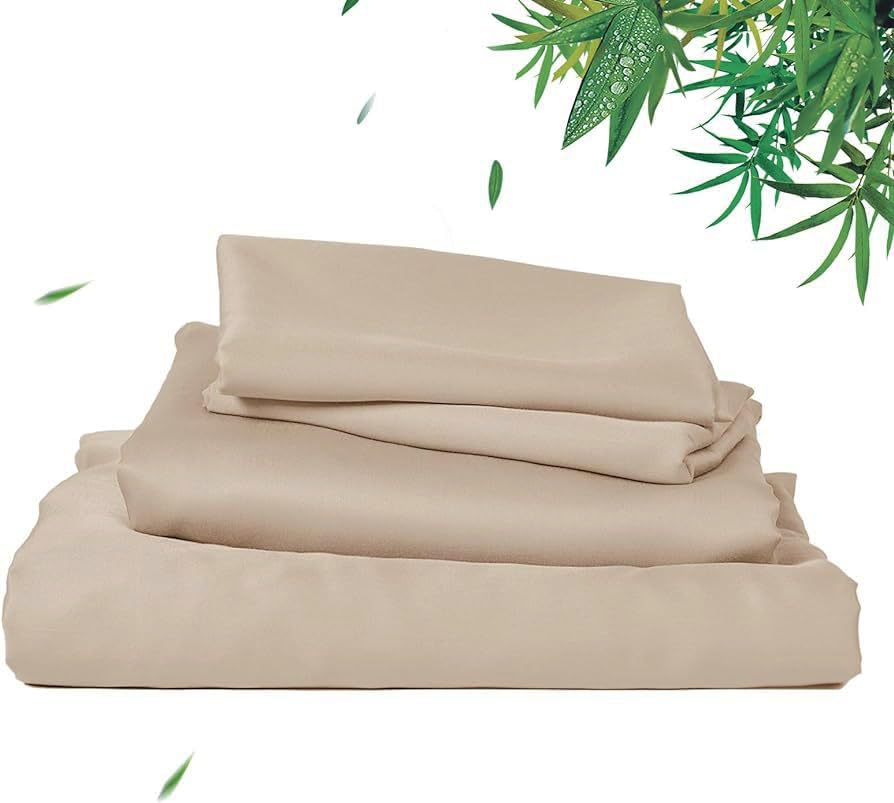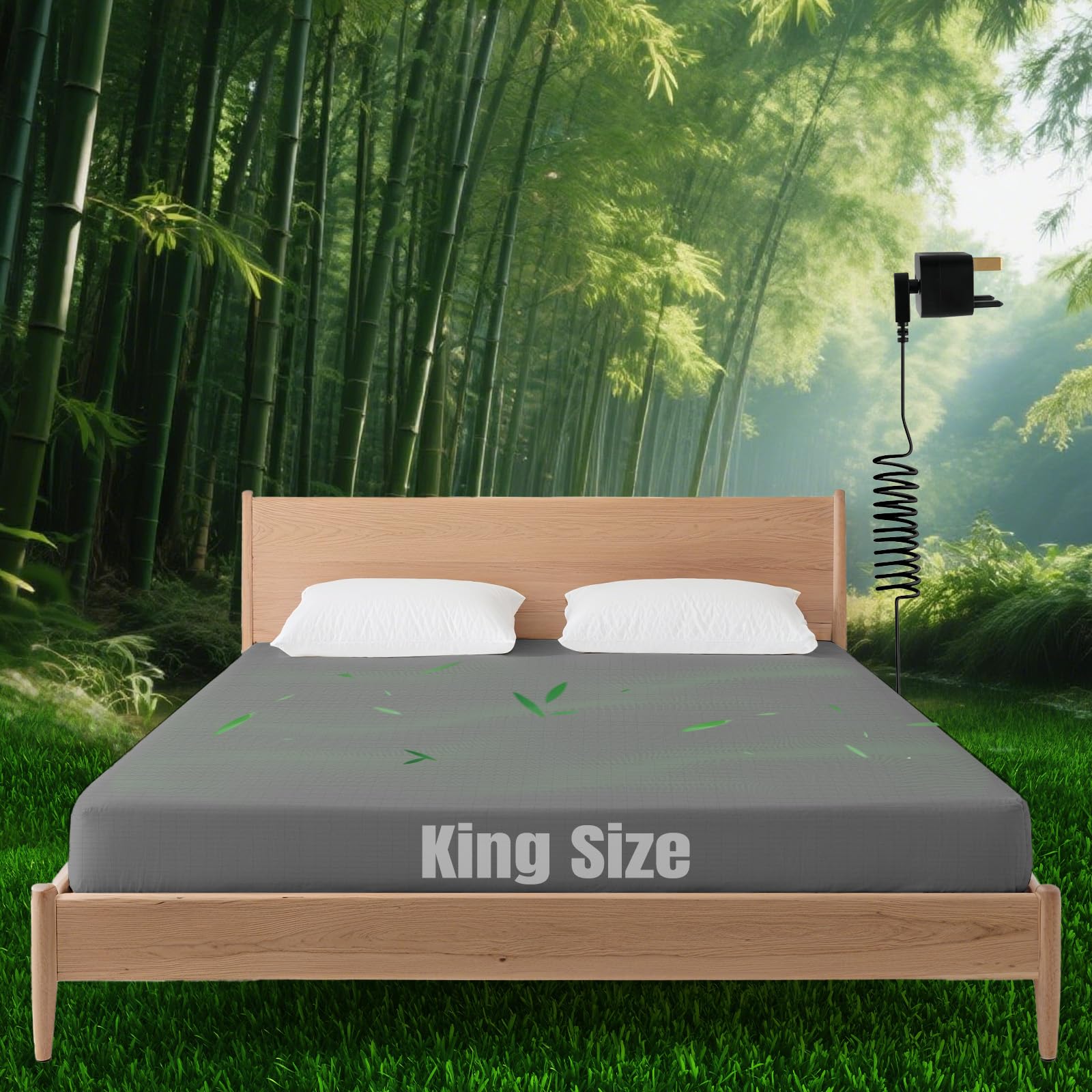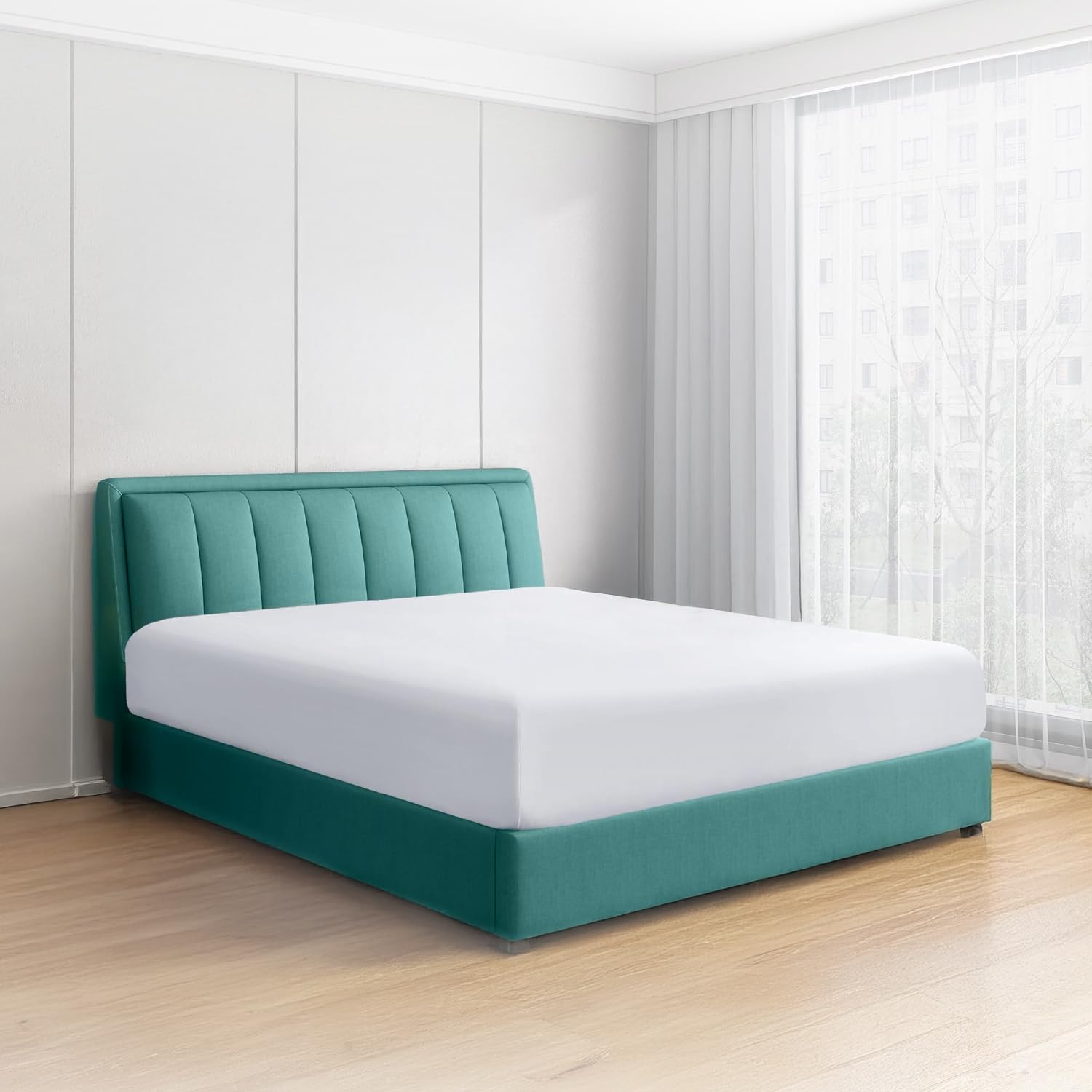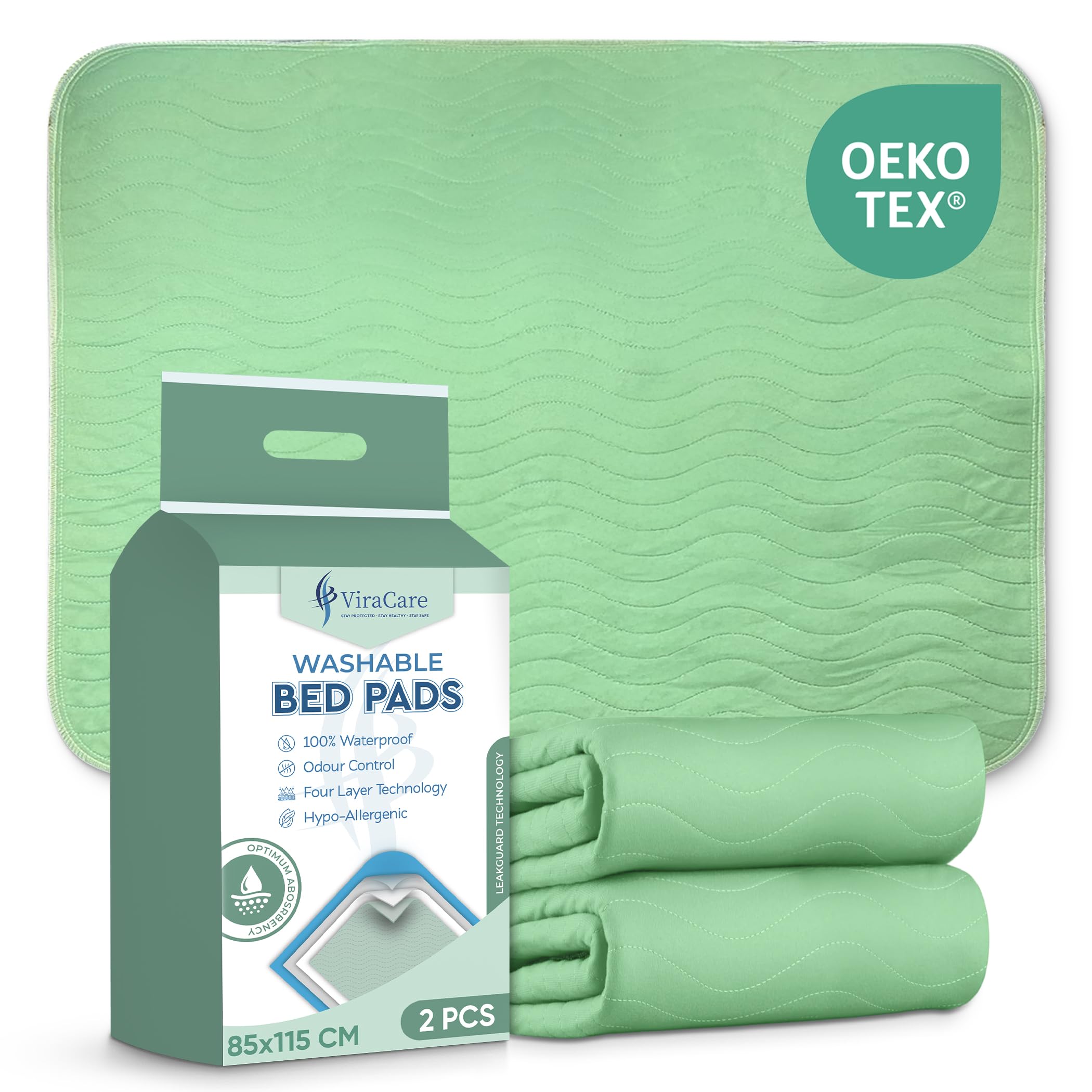If you wake up warm and restless, your sheets may be part of the problem. Fabric, weave, wash routine and how you pair bedding with duvet and pyjamas all play a role in how hot a bed feels. The good news is that you can often sleep cooler without changing your mattress or running a fan all night. This guide explains how to choose breathable sheets, how to match them to your duvet, which sleepwear helps rather than hinders, and what small bedroom changes make the biggest difference in UK homes.
Seasonal warmth usually comes from duvets that balance weight and airflow in UK bedrooms.
Choose Fabrics That Breathe
Fabric choice matters more than thread count. Cotton percale is the classic cool sheet. Its simple one over one under weave leaves enough space for air to pass and moisture to evaporate. Look for genuine 200 to 300 thread count percale from long staple cotton. Linen is even more breathable and helps manage humidity during sticky summer nights. It starts with a textured feel that softens quickly with washing. Bamboo and lyocell (Tencel) have a cool touch and excellent wicking, which many hot sleepers find comfortable. Cotton sateen feels smooth and slightly warmer because the weave is tighter. Choose sateen for winter rather than summer if you run hot.
Pick a Sensible Thread Count
Higher is not always better. Very high thread counts can pack yarns too tightly, which reduces airflow. For cooling performance, aim for a balanced range rather than chasing a large number. Good percale at 200 to 300 thread count is cooler than a dense 800 thread count fabric. For bamboo or lyocell, focus on feel and breathability rather than a number on the label. Touch and drape tell you more about how a sheet will sleep than thread counts alone.
Wash Routine Affects Breathability
Detergents and softeners that leave residues on fibres can make sheets feel warmer because they clog the tiny gaps that allow air and moisture to move. Use a mild detergent and avoid heavy fabric softeners. Rinse well. Tumble on low heat or line dry. For percale, remove the sheets slightly damp and let creases fall as they finish drying. This keeps the fabric supple and open. Wash sheets regularly, especially in summer, so sweat salts do not build up and stiffen the fabric. Clean fibres breathe better.
Match Sheets to Duvet Tog
Sheets work as part of a system. If you put cool, breathable sheets under a very warm duvet in a warm room, the bed will still feel stuffy. In summer and for warm sleepers, switch to a 4.5 tog duvet or even a flat sheet on very hot nights. In spring and autumn, use a 7 to 10.5 tog duvet and keep the sheets breathable. In winter you can switch to a slightly warmer weave such as sateen if you like the feel. Pair fabric choices with the season so the whole setup supports your temperature goal.
Sleepwear That Helps Rather Than Hinders
Breathable pyjamas make sheets feel cooler. Cotton percale, cotton jersey, modal and bamboo blends wick moisture and allow air to move. Loose fits help air circulate. Avoid heavy trims, thick waistbands and piping that can trap heat where the body needs to vent. If you feel hot at the shoulders, choose a breathable top with a smooth fabric where it contacts the duvet. If night sweats are a concern, keep a spare top to change quickly and reduce clamminess without changing all the bedding.
Ventilation and Bedroom Habits
Air movement changes how temperature feels. Even a small amount of fresh air reduces humidity and helps sweat evaporate. Crack a window in the evening if outdoor air is not too humid. Use trickle vents if your windows have them. Keep heavy items off radiators so they do not trap heat. If you use a fan, run it on low to move air gently across the bed. Avoid directing air at the face if it dries your throat. These small changes help your sheets work as intended.
Mattress Protector and Topper Choices
Protectors and toppers can add comfort but can also trap heat if they use thick, unventilated layers. A breathable waterproof protector with a thin polyurethane membrane allows water vapour to pass while blocking spills. Thick plastic layers make the bed feel hotter. If you use a memory foam topper and find it warm, consider a perforated or open cell design with a cotton or bamboo cover. Latex toppers tend to sleep cooler than dense foam and keep airflow moving around the body.
Practical Setups for UK Homes
For a warm sleeper in a modern flat, a 200 to 300 thread count cotton percale sheet set and a 4.5 tog duvet cover most of the summer. Keep linen as a second set for heatwaves. In spring and autumn, move to a 7 to 10.5 tog duvet and keep percale sheets. In winter, switch to sateen if you like a smoother, warmer feel or keep percale if your heating is steady. If one partner sleeps hot and the other cold, use different pillowcases so each person gets a preferred fabric while you keep the same fitted sheet and duvet cover. A throw at the foot of the bed helps the cooler partner without overheating the warmer one.
When to Seek Other Fixes
If you have tried breathable sheets and a lower tog duvet and still wake hot, check your bedroom temperature and humidity. A small hygrometer shows whether the air is too damp, which makes heat feel worse. A dehumidifier can help in humid homes. If your mattress traps heat, a breathable topper can reduce the effect at lower cost than replacing the whole bed. Look at lifestyle factors as well. Caffeine and alcohol can affect perception of heat. A cooler shower and allowing hair to dry before bed can make sheets feel fresher against skin.
Cooler beds usually combine breathable percale sheets and a lighter duvet; some add a supportive topper that does not trap heat.
FAQs
Are bamboo sheets cooler than cotton? Many people find bamboo or lyocell have a cool touch and good wicking. They are not magic, but they can feel cooler than dense cotton when room conditions are warm.
Do higher thread counts sleep hotter? Often yes. Very high thread counts can reduce airflow. For cooling, a balanced thread count in high quality fibres is better than chasing a big number.
What if my sheets still feel hot? Recheck your duvet tog, sleepwear and room ventilation. Consider linen for peak summer and a breathable protector if you currently use a thick plastic one.





